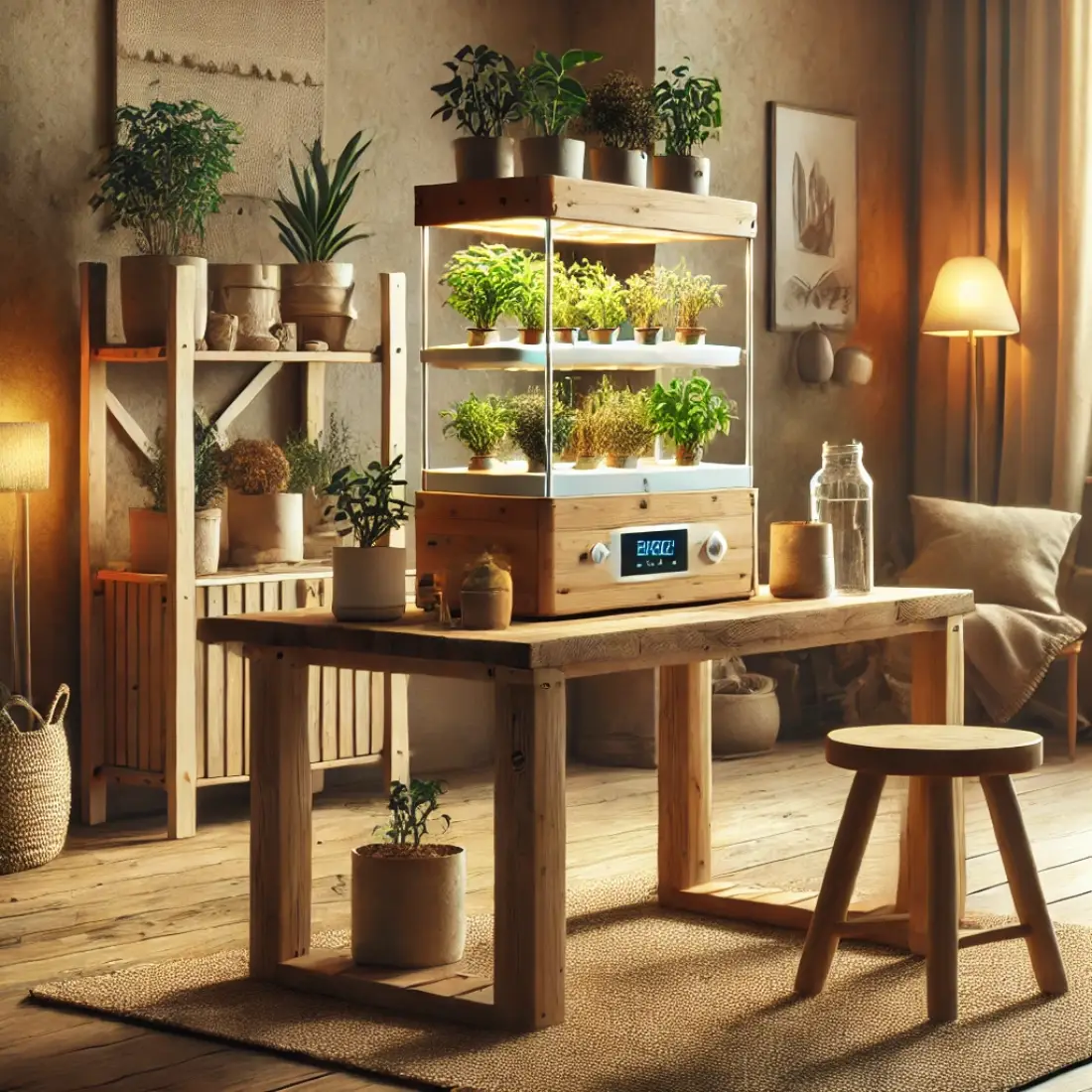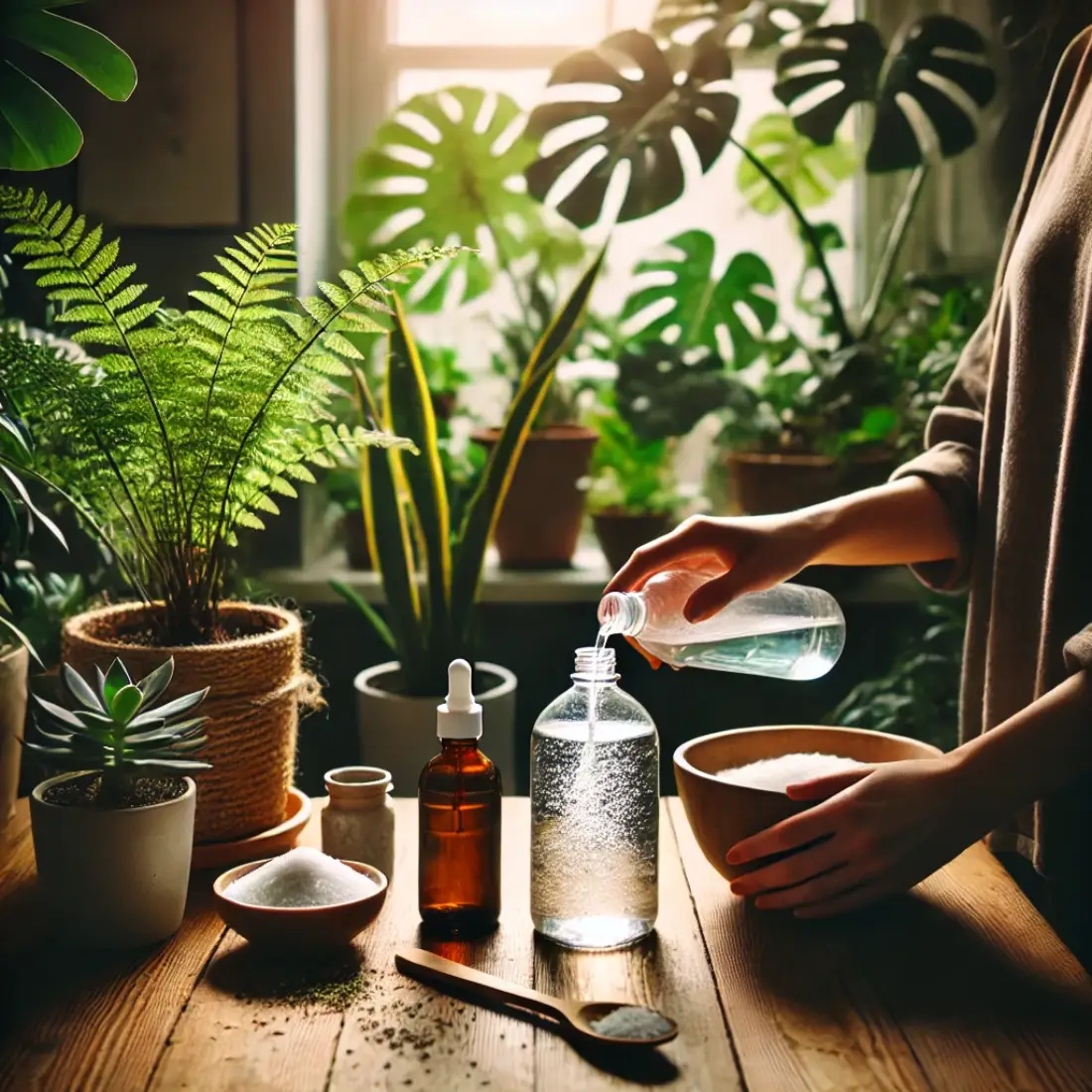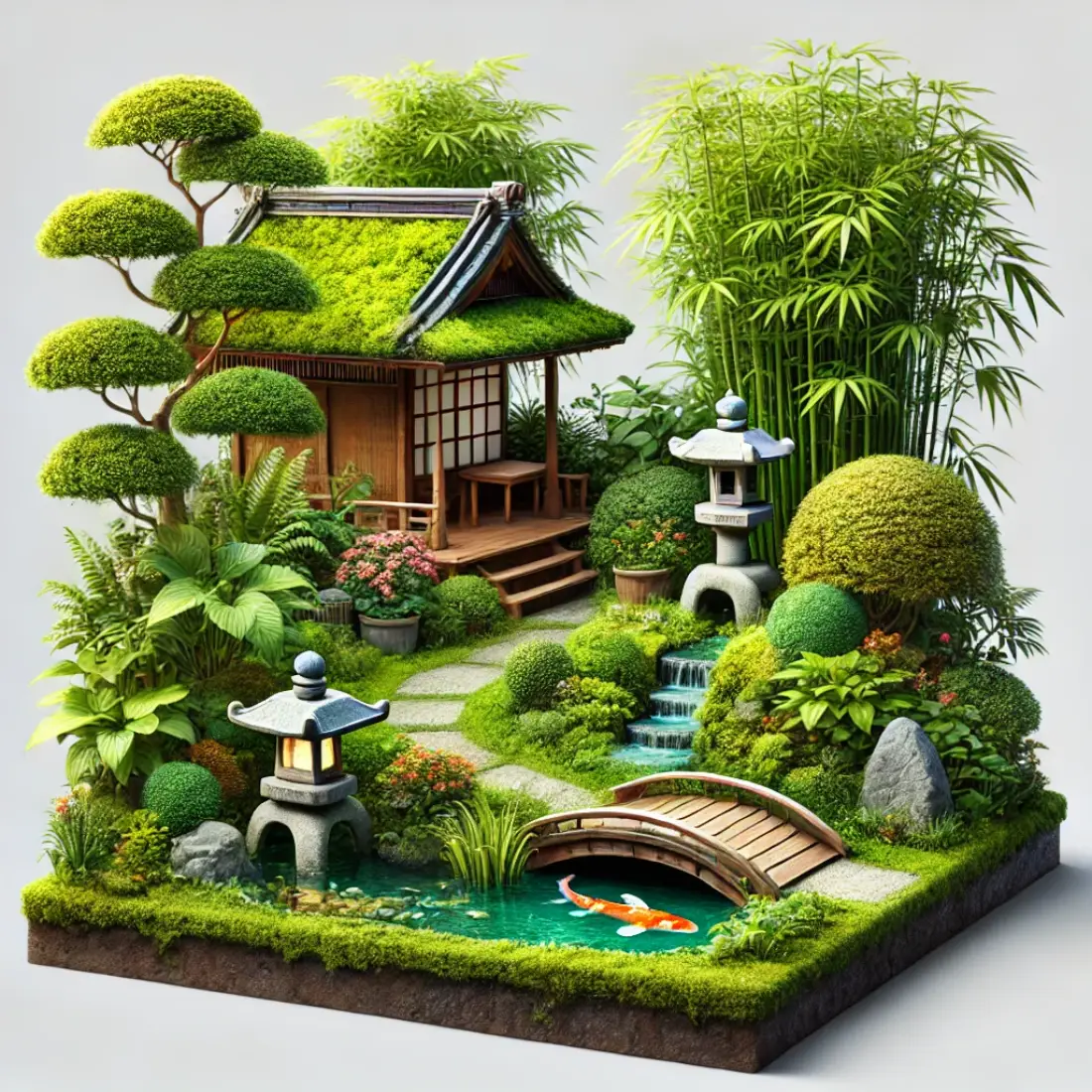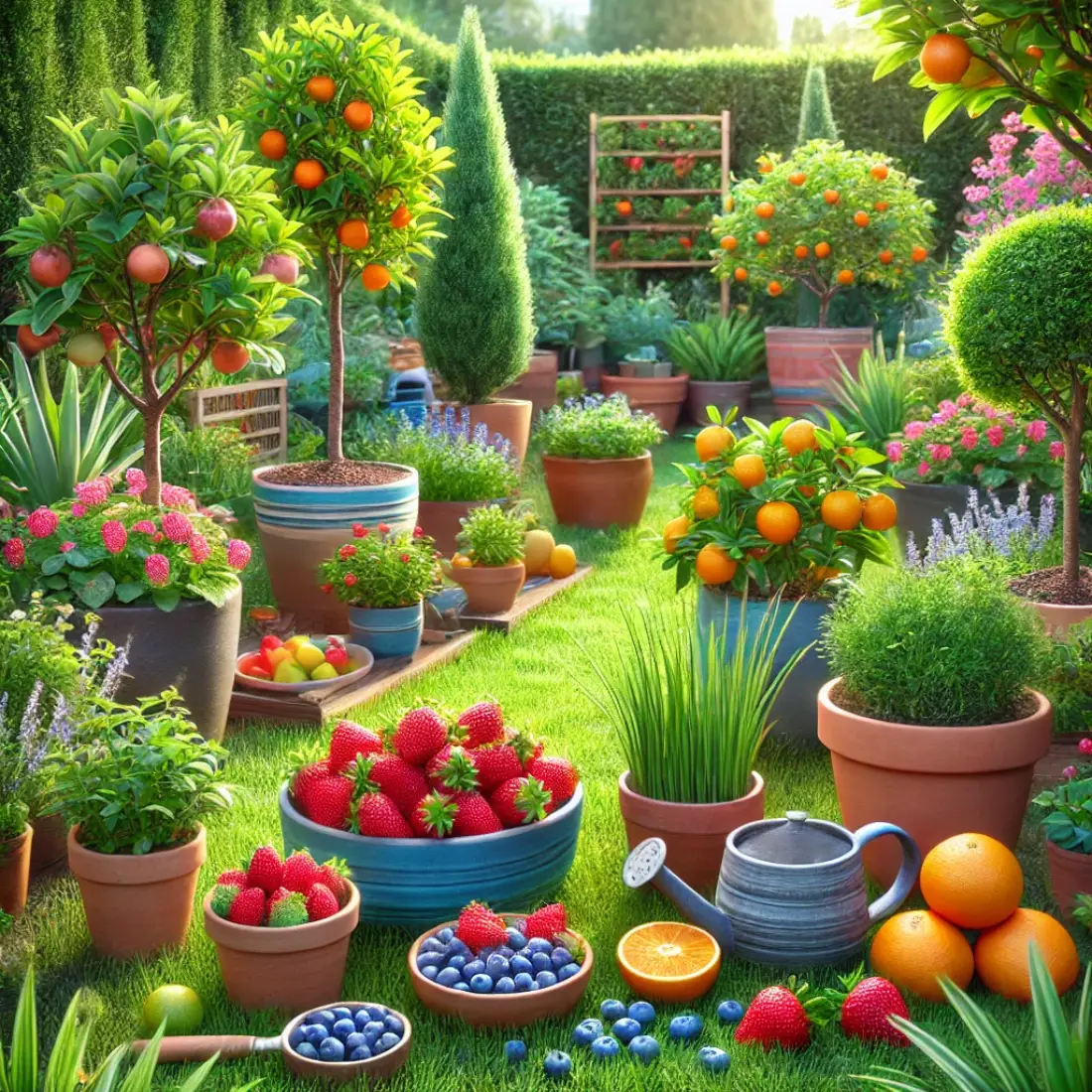Hydroponic systems revolutionize gardening by allowing plants to grow without soil. Instead of relying on traditional dirt, these systems use nutrient-rich water solutions to deliver essential nutrients directly to the plant roots. This method offers several advantages, including faster growth, higher yields, and the ability to grow plants in areas with poor soil quality or limited space.
Hydroponics is increasingly popular in urban environments and controlled indoor settings, where it enables year-round cultivation. With a variety of system types available—such as Nutrient Film Technique (NFT), Deep Water Culture (DWC), and Aeroponics—gardeners can choose the setup that best fits their needs.
- Hydroponic systems enable plants to grow without soil by using nutrient-rich water solutions.
- They offer faster plant growth, higher yields, and the ability to grow crops in limited space or poor soil conditions.
- There are various types of hydroponic systems, including Nutrient Film Technique (NFT), Deep Water Culture (DWC), and Aeroponics, each suited to different plants and environments.
- Hydroponics is ideal for urban and indoor gardening, providing a sustainable and efficient way to grow plants year-round.
- Beginners can start with simple hydroponic setups and gradually explore more advanced systems as they gain experience.
Types of Hydroponic Systems
Hydroponic systems come in various forms, each designed to optimize plant growth by providing nutrients directly to the roots without the need for soil. Here’s an overview of the most common types:
Nutrient Film Technique (NFT)
The Nutrient Film Technique (NFT) is one of the most widely used hydroponic systems, especially for growing leafy greens and herbs. In this system, a thin film of nutrient-rich water flows continuously over the roots of the plants, which are supported in channels. The constant flow ensures that the roots receive a steady supply of oxygen and nutrients while preventing water stagnation.
- Advantages: NFT systems are efficient, using minimal water and nutrients. The continuous flow also reduces the risk of root rot, a common problem in more stagnant systems.
- Drawbacks: NFT requires precise management of water flow and nutrient levels. If the flow stops or slows down, roots can dry out quickly, leading to plant stress or death.
Deep Water Culture (DWC)
Deep Water Culture (DWC) is one of the simplest and most effective hydroponic systems. In DWC, plants are suspended above a reservoir filled with nutrient-rich water. The roots dangle directly into this solution, receiving constant access to both nutrients and oxygen, thanks to an air pump that aerates the water.
- Advantages: DWC systems promote rapid plant growth due to the constant availability of nutrients and oxygen. They are relatively low maintenance and are ideal for beginners.
- Drawbacks: The main challenge with DWC is maintaining water temperature and oxygen levels. Warm water can hold less oxygen, leading to potential root problems.
Aeroponics
Aeroponics is a high-tech hydroponic system where plant roots are suspended in the air and misted with a nutrient solution at regular intervals. This method provides maximum oxygenation to the roots, promoting extremely fast growth.
- Advantages: Aeroponics systems use less water than traditional hydroponics and are highly efficient, resulting in faster growth rates. They are also ideal for growing a wide variety of plants, including those that require more oxygen.
- Drawbacks: Aeroponics systems are more complex and expensive to set up and maintain. They require precise timing of nutrient misting and are susceptible to equipment failures, which can quickly harm plants.
Wick Systems
The Wick System is the most basic form of hydroponics, making it an excellent choice for beginners or those with limited resources. In this passive system, plants are grown in a medium like perlite or vermiculite, and a wick draws nutrient solution from a reservoir to the plant roots.
- Advantages: Wick systems are incredibly simple to set up and require no moving parts or electricity, making them low-cost and low-maintenance.
- Drawbacks: This system is less efficient for large plants or those with high nutrient demands, as the wick may not supply enough nutrients or water to sustain rapid growth.
Ebb and Flow (Flood and Drain) Systems
Ebb and Flow, also known as Flood and Drain, is a versatile hydroponic system that periodically floods the grow tray with nutrient solution before draining it back into the reservoir. This cycle repeats multiple times a day, ensuring that the plants receive nutrients and oxygen regularly.
- Advantages: Ebb and Flow systems allow for greater flexibility in plant choice and are efficient in nutrient use. They also prevent nutrient lockout by flushing the medium regularly.
- Drawbacks: These systems require careful timing and maintenance. If the flood cycles are not properly managed, plants may suffer from overwatering or drying out.
Setting Up Your Hydroponic System
Setting up a hydroponic system can be a rewarding experience, providing you with a steady supply of fresh produce grown right at home. Here’s a step-by-step guide to get you started:
Choosing the Right Hydroponic System for Your Needs
Before diving into the setup, it’s important to choose the hydroponic system that best suits your goals, space, and budget. Factors to consider include:
- Space Availability: Small spaces may benefit from compact systems like Wick Systems or Deep Water Culture (DWC), while larger areas can accommodate more complex setups like Nutrient Film Technique (NFT) or Ebb and Flow.
- Plant Type: Leafy greens and herbs thrive in NFT and Wick Systems, while larger fruiting plants might do better in DWC or Ebb and Flow.
- Budget: Beginners or those on a tight budget might start with a simple Wick System or a DIY DWC setup, gradually upgrading as they gain experience.
Essential Components of a Hydroponic System
No matter which hydroponic system you choose, there are some basic components you’ll need to ensure a successful setup:
- Reservoir: Holds the nutrient solution that feeds your plants. Size depends on your system and the number of plants.
- Grow Tray: The platform where your plants will sit. In NFT and Ebb and Flow systems, this is where the nutrient solution circulates.
- Air Pump and Air Stone: Essential for DWC systems to oxygenate the nutrient solution, ensuring that plant roots get enough oxygen.
- Substrate/Growing Medium: Supports plant roots in systems like Wick Systems and Ebb and Flow. Common mediums include perlite, vermiculite, and rockwool.
- Water Pump: Used in systems like NFT and Ebb and Flow to move the nutrient solution.
- Nutrient Solution: A balanced mix of essential nutrients tailored for hydroponic plants.
- Lighting: Grow lights are crucial, especially if you’re growing plants indoors. LED lights are energy-efficient and widely used in hydroponics.
- pH and EC Meter: Tools to monitor the pH level and electrical conductivity (EC) of your nutrient solution, ensuring it’s within the ideal range for your plants.
Step-by-Step Guide to Setting Up a Basic Hydroponic System
- Select Your System: Choose the system that matches your space and plant type. For beginners, a DWC system is a great starting point.
- Assemble Your Equipment: Set up your reservoir, grow tray, and any necessary pumps or air stones. Place your grow lights above the system if growing indoors.
- Prepare the Nutrient Solution: Mix your nutrients according to the manufacturer’s instructions and adjust the pH to between 5.5 and 6.5, depending on your plant’s needs.
- Plant Your Seeds or Seedlings: Place seeds or seedlings in your chosen growing medium and position them in the system. Ensure roots have access to the nutrient solution.
- Monitor and Maintain: Regularly check the pH and nutrient levels, adjust as needed, and monitor plant growth. Ensure your lighting schedule matches your plant’s requirements.
FAQs About Hydroponic Systems
Is hydroponics more expensive than traditional soil gardening?
Hydroponics can have higher initial costs due to the need for specialized equipment like pumps, grow lights, and nutrient solutions. However, it often becomes more cost-effective over time because it uses less water, requires fewer pesticides, and can result in higher yields.
Can I grow any type of plant using a hydroponic system?
Most plants can be grown hydroponically, but some are better suited than others. Leafy greens, herbs, and small fruiting plants like strawberries and tomatoes thrive in hydroponic systems. Larger plants or those with extensive root systems may require more advanced setups.
How often do I need to change the nutrient solution?
The nutrient solution in a hydroponic system should be changed every 1-2 weeks. Regular changes prevent nutrient imbalances, reduce the risk of disease, and ensure that plants receive the proper nutrients for healthy growth.
What are the common problems beginners face with hydroponics?
Common issues include nutrient imbalances, pH fluctuations, overwatering, and inadequate lighting. Beginners may also struggle with choosing the right system or maintaining consistent environmental conditions.
How much water does a hydroponic system use?
Hydroponic systems use significantly less water than traditional soil gardening, often up to 90% less. Water is recirculated and reused within the system, making it a highly efficient method for water conservation.
Do hydroponic systems need sunlight, or can I use artificial lighting?
While natural sunlight is ideal, many hydroponic systems rely on artificial grow lights, especially for indoor setups. LED grow lights are popular due to their energy efficiency and ability to provide the full spectrum of light needed for plant growth.
Is it difficult to maintain the right pH level in hydroponics?
Maintaining the correct pH level, typically between 5.5 and 6.5, is crucial in hydroponics. While it may take some practice, pH meters and pH adjustment solutions make it relatively easy to monitor and correct pH levels as needed.
Can I build a hydroponic system myself, or should I buy a kit?
Many gardeners choose to build their own hydroponic systems using DIY materials, which can be more cost-effective. However, pre-made kits are available and can simplify the process for beginners by providing all the necessary components.
What are the benefits of hydroponics over soil gardening?
Hydroponics offers several benefits, including faster plant growth, higher yields, and the ability to grow plants in areas with poor soil or limited space. It also reduces the need for pesticides and herbicides and conserves water.
How do I prevent pests and diseases in a hydroponic system?
While hydroponic systems generally have fewer pest problems, it’s important to keep the growing area clean, monitor for signs of disease, and use proper sanitation practices. Using sterilized equipment and maintaining good air circulation can also help prevent issues.










